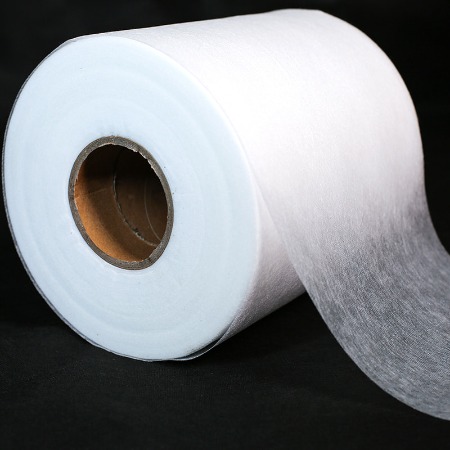The Nonwoven Spunmelt Machine is a state of the art machine that feeds, extrudes, sprays and forms a web. This equipment is designed and manufactured according to customer requirements, ensuring the highest quality nonwovens are created as well as a consistently stable production process, meeting the stringent requirements of the markets.
Nonwoven Fabrics Are Made By Putting Small Fibers Together And Binding Them Using One Of Three Methods: Mechanically (by serrated needles), Thermally or Chemically.
Polypropylene (PP) spunbond nonwovens are one of the most common and popular types of polymer-laid nonwoven fabrics. They are used for a wide variety of applications including sanitary products, hygiene products and packaging.

During the production of PP spunbond nonwovens, polypropylene pellets are heated and melt until a soft toffee-like consistency. The melted polypropylene is then forced through a metal plate called a spinneret, which has hundreds of tiny little holes only fractions of a millimeter in diameter machined into it.
The melt that is sprayed from the spinneret is blown into very fine fibers by high temperature and high speed hot air flow. The filaments are then gathered onto the web former to form the fabric sheet.
The most commonly used methods for manufacturing polymer-laid nonwovens are spun bonding and melt blown. In the process of spun bonding, the melt is sprayed from the spinneret and then blown into fine fibers. The filaments are then bonded as air attenuated fibers intertangle with each other during simultaneous fiber and web formation.







 English
English 中文简体
中文简体 русский
русский عربى
عربى





